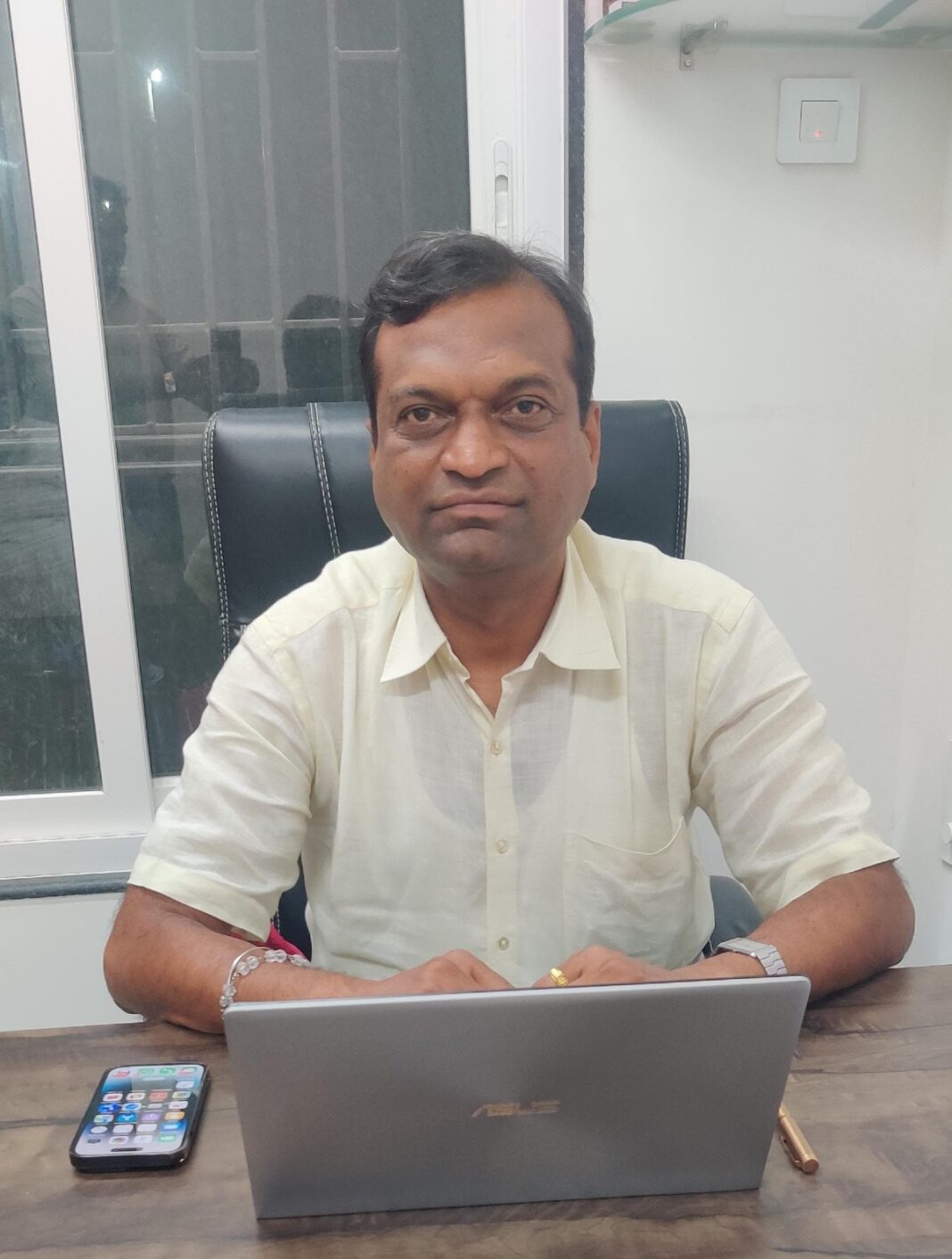Your inspiration to take up engineering as a profession…
Since childhood, I have been fascinated with engineering and structures. From eighth grade, I had opted for technical subjects. Instead of the usual ten subjects required to pass the 10th grade, I chose to study twelve subjects, including two based on engineering, over three years. After finishing 10th grade, I enrolled in Polytechnic, and since then I have taken engineering as a challenge.
Your learning curve from a student to a pro today…
My fascination with engineering structures began in childhood. Despite my parents’ suggestion to complete 12th grade and pursue traditional engineering, I insisted on enrolling in a three-year diploma course in Polytechnic after 10th grade. Subsequently, I pursued a three-year degree in engineering, fulfilling my passion for the field since childhood.
Challenges you face as a civil engineer…
In Civil Engineering, I often encounter challenges such as a shortage of technical staff and labour. Additionally, there is a lack of adoption of good standard practices similar to those in foreign countries. Therefore, I believe there is a need to prioritise upgrading standards and manpower in India.
How do you see the adoption of steel structures in the Indian construction community…
Currently, in India, the per capita steel consumption is significantly lower compared to European standards, which are around 250 kg per capita, while in foreign countries it exceeds 1,000 kg per capita. This indicates a vast potential for using steel structures in various sectors such as residential, commercial, IT, and institutional buildings. So, in India, there is considerable scope for steel utilisation.
If you could change one thing in our construction practices in India…
There is a need to update standards, especially regarding construction and maintenance. Maintenance is often overlooked after construction which is one vital aspect of the longevity of structures. We should adopt maintenance practices that ensure structures last for more than 25 to 50 years. Moreover, there should be strict quality standards for residential and commercial buildings enforced by the Government, ensuring durability and architectural excellence.
How has your relationship been with steel…
As an engineer, steel is crucial in construction. We rely on structural steel for slabs, columns, and beams. For instance, in the construction of the Goa airport, steel roof structures have been used extensively from the beginning of the project.
Your best work in steel so far…
As of now, we are working on the Goa airport, which features a steel roof with parabolic structures matching the existing design. This is a challenging task, but we have completed the beam design and have begun constructing the roof truss. It is a challenging project, but I’m thoroughly enjoying the work.
An international steel-specific project inspires you for its structural elegance…
One of the most fascinating structures to me is the Leaning Tower of Pisa in Italy. It is intriguing because it was initially constructed as a major world structure, but soon after completion, it started leaning. However, this leaning actually added to its elegance, which is why it interests me.
How do you update and upgrade with the changing times…
In the civil engineering field, there is a need to align with industry standards. Currently, there is a significant gap between Indian standards and those of foreign countries. For example, in India, we have just started using Building Information Modeling (BIM), whereas foreign industries have been utilising it for over 30 years. This is an area where I believe there is a need for learning.
To add to it, there are numerous new construction methods and techniques available that can greatly enhance efficiency, such as aluminium shuttering, tunnel shuttering, and table shuttering. These systems significantly speed up construction work while maintaining quality.
However, these techniques are often not taught in colleges, as our syllabus is outdated compared to current industry standards. Therefore, I encourage newcomers to learn these new techniques as quickly as possible, including BIM, various shuttering systems, and design parameters. This will not only improve construction speed but also ensure quality.
Some factors that control project cost and optimise the use of steel…
By adopting modern techniques and increasing the speed of work, you can effectively cut costs in construction. When these two strategies are implemented, your construction expenses will reduce.
Your take on the current building codes and safety standards in the country…
Our safety standards need to be upgraded to match European standards. There is a need to increase steel consumption in our industry. Consultants, government bodies, and structural engineers should promote and adopt steel structures whenever speed, quality, aesthetics, and architecture are desired, which in turn will increase per capita consumption.
Quick Fire
Your College: Diploma from Government Polytechnic; Bachelor’s from Mahatma Gandhi Mission’s Engineering College; Master’s degree from the University of Aurangabad.
Total Years of Experience: 30+ years
Your Idol/ Mentor: R. Vasudevan, Dr Santosh Rajan
Your Mantra for Success: Work hard
You Want to be Remembered as: A technocrat
Steel Projects You Currently Working on: The roof truss of the Goa airport





